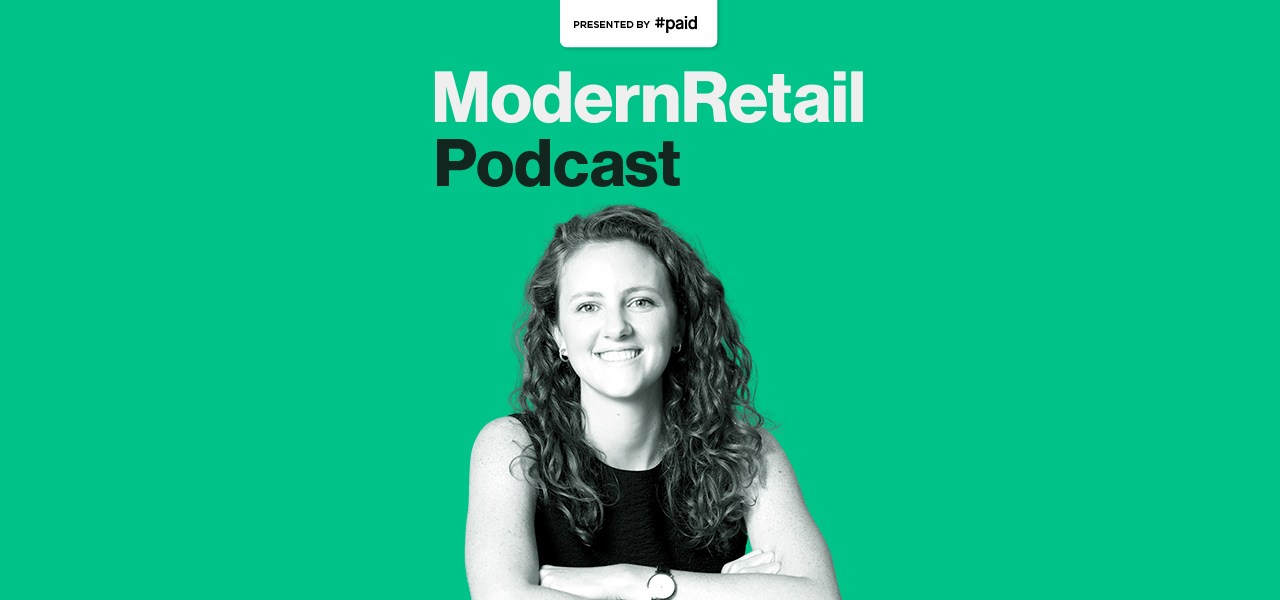Lerer Hippeau’s Caitlin Strandberg: Venture funding shouldn’t be spent on Facebook ads

Subscribe: Apple Podcasts | Stitcher | Google Play | Spotify | RSS
Before startup founders woo thousands of customers, they often try to convince investors to get onboard with their company’s mission.
As a principal investor at Lerer Hippeau, an early-stage venture capital fund based in New York, Caitlin Strandberg is on the other side of the table.
The fund has invested widely, including in DTC brands like Allbirds, Casper, Everlane and Lola.
Strandberg joined the Modern Retail Podcast to talk about how the VC game has changed since the rebirth of direct-to-consumer companies, what she considers a waste of venture dollars and why early growth (in percentage, not in raw numbers) is key to gauging a company’s potential.
Here are a few highlights from the conversation, lightly edited for clarity.
Tech isn’t the main draw for investors anymore
“Venture capital’s only been around for 30-35 years. It’s not that old. And in those early days it really was all about technology, about semiconductors and hardware and computers. That turned into a software revolution, and now, we’re at a wave where there’s a reinvention of brands. Do brands like Casper and Glossier have some of the elements of software? I’d say maybe on the e-commerce side, but really it’s a totally different supply chain, product set and customer and very different distribution. So they’re very different. In terms of consumer investing being a relatively new side of capital, I think that’s true as well.”
What venture capital isn’t for
“Anytime you can not spend for growth shows that you’ve hit product market fit and that you’ve got a product that speaks for itself. If a founder came to us and said that’s where they want to spend their money, that’s not a good use of venture dollars. Venture dollars are to build something you can use and reuse — an engineering team, a product team, maybe another HQ in another geo, another customer service team. It’s not to be spent on Facebook [ads], it’s to find amazing people and do things where you get more bang for your buck in every dimension.”
Be where it’s happening
“If you’re building a consumer brand, you get a lot of building in the locations where the zeitgeist is created. New York City’s SoHo could not be more of an epicenter for consumer taste and sentiment. New York is a highly populated city, there’s a ton of diversity, you can test things very quickly even if you’re doing retail. When you’re in the business of starting a business and doing something entrepreneurial, which means rapid iteration very quickly, you need to be experimenting a lot. You’re going to learn a lot more putting a storefront in New York than you would in Arkansas.”
Early growth is the key signal
“We’ve got companies in our portfolio that are great businesses but never really ‘broke out.’ We did a good amount of research, we had a fabulous MBA associate who looked at all of our companies and all the data at all the stages. We were able to identify some commonalities between the breakouts. And really it’s getting to $100 million in revenue within very, very quickly; you can tell within the first 18 months what companies were going to be a breakout or not based on their revenue growth. That early window of ‘you’ve raised seed capital, it’s time to go’ — the number doesn’t necessarily matter but the rate of growth matters most. If you weren’t breaking out in the beginning… I don’t know that we have any companies in our portfolio that figured it out after the first 24 months.”

